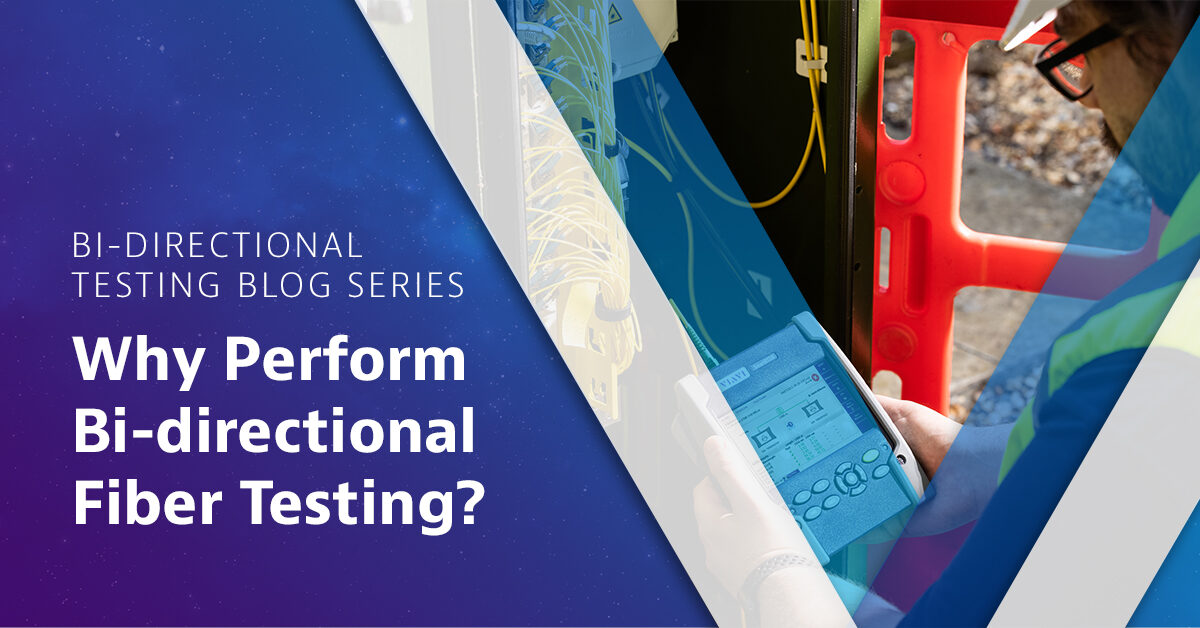As in other areas of a project that involves the deployment of high-fiber-count cables, the tasks of process control, job allocation to techs/contractors, and progress tracking can become unwieldy, cumbersome, and unmanageable in terms of the time and effort required. Just like the testing and certifying of the individual fibers and managing the volume of […]
Tag Archives bi-directional OTDR
Unprecedented demand for fiber links and capacity are driving the deployment of high-fiber-count cables with hundreds or even thousands of fibers. These cables are being deployed by dark fiber providers as well as in traditional telecommunication networks to provide data center interconnections, metro connectivity between central offices, access network in support of FTTH, and edge […]
Following on from earlier blogs about the value of bi-directional (bi-dir) fiber certification it’s clear that performing full bi-dir IL, ORL, and OTDR testing gives a much deeper insight into the condition and quality of a fiber link and ultimately will reduce ongoing maintenance costs, give better service performance, and extend a network’s operational life. […]
First off, what is loopback OTDR testing? The concept is simple: it involves using a single OTDR, which stays at one site, and testing two fibers at the same time by using a loopback fiber or loopback device at the other site. And of course when it comes to OTDR testing you have the […]
One of the challenges with bi-directional (bi-dir) OTDR testing is the logistics and the amount of affordable, available, or required test equipment. A single-unit approach is usually considered to try and save on cost—one piece of test equipment versus two and one tech versus two—but it has its drawbacks. For one, it does not verify […]
Are your standards high enough to ensure quality fiber builds? In the previous blog we saw that bi-directional (bi-dir) OTDR testing provides a number of advantages and lets you deal with issues arising from differences between fibers being spliced together (specifically difference in Modal Field Diameter – MFD) that result in false positives or false […]
Well, let’s start with why test at all? With all the time, effort, and money (particularly the money) put into the deployment of dark fiber or construction of fiber networks, owners and investors want to make sure they are getting good quality fiber links out of these projects. Everyone knows that some form of testing […]
Fiber is being pushed deeper and deeper into access networks worldwide as service providers continue to address subscriber demands for higher capacity services. Going “fiber deep” could be part of G.fast deployments for telco operators or Distributed Access Architecture (DAA) upgrades for cable companies, but the next step (or end step) is full fiber-to-the-premise (FTTP) […]
There are any number of things you can point to that demonstrate what is driving growth in fiber deployment, regional FTTH/PON initiatives, national high-speed broadband growth, core network 100/400G upgrades, or preparation for new services such as 5G. One thing that is critical for these new or upgraded services to function to their peak and […]



